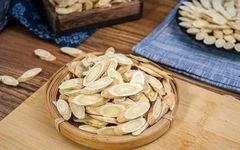Astragalus (Huang Qi) is a medicinal herb that serves both culinary and medicinal purposes, boasting a history of over two thousand years in traditional Chinese medicine. It is known for its ability to tonify Qi and promote health. In addition to being brewed in water, it can also be used in soups and stews, making it an affordable and convenient option for many, often referred to as a “common herb” or “household remedy.”
In TCM, Astragalus is characterized by the “Four Hundreds”:
1. A Versatile Herb. Astragalus comes in various colors such as earthy yellow, pale yellow, milky white, and black skin. It can be processed in multiple ways, including raw slices, honey-fried, stir-fried, and wine-fried, and it has numerous effects such as tonifying Qi, stabilizing the exterior, clearing the lungs, strengthening the spleen, promoting tissue regeneration, detoxifying, nourishing blood, lifting Yang, promoting urination, and healing sores.
2. A Complementary Herb. Astragalus can be paired with a variety of foods and medicinal materials, with over 200 documented formulas and countless folk remedies. Commonly paired herbs include Dang Gui (Angelica Sinensis), Rou Gui (Cinnamon), Bai Zhu (White Atractylodes), Shan Yao (Chinese Yam), Ju Hua (Chrysanthemum), Fang Ji (Stephania Tetrandra), Zhi Mu (Anemarrhena Rhizome), Chen Pi (Dried Tangerine Peel), Jin Yin Hua (Honeysuckle), and Pu Gong Ying (Dandelion).
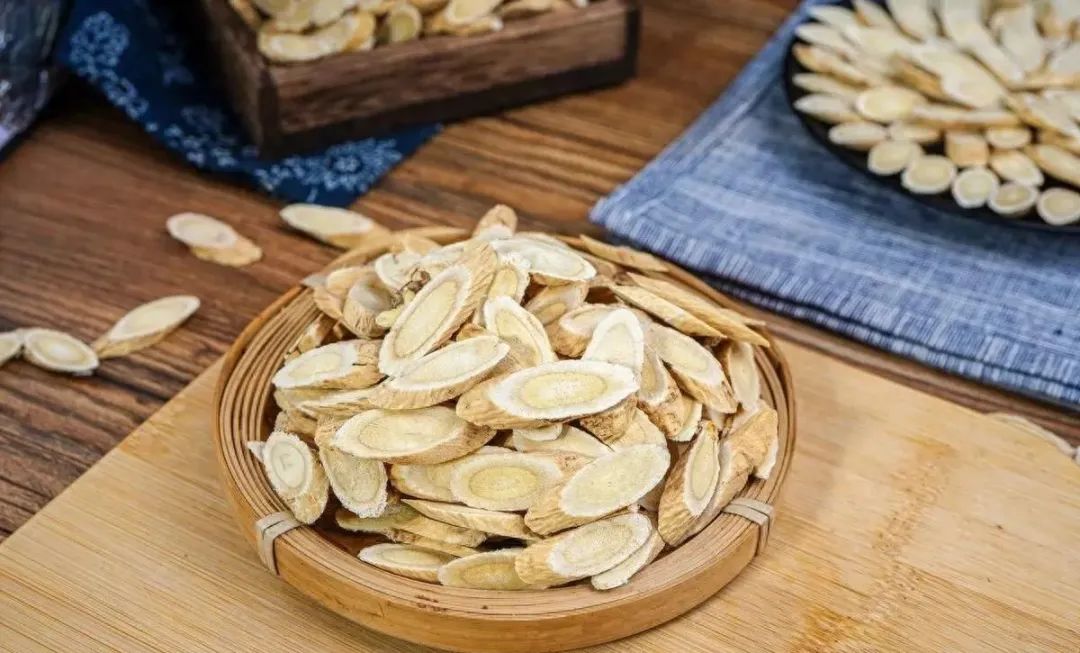
3. A Resilient Herb. Astragalus can be consumed in various forms, including as a tea, in soups, or applied externally. More importantly, it has accumulated extensive practical experience and methods over thousands of years. Recently, it has been widely used in combating COVID-19, influenza, and mycoplasma pneumonia.
4. A Regionally Diverse Herb. Astragalus is cultivated in many regions. According to the National Administration of Traditional Chinese Medicine, there are over 200 counties across 17 provinces in China that cultivate Astragalus, with Gansu, Shanxi, Inner Mongolia, Qinghai, Ningxia, and Sichuan being known for high yield and quality.
Regardless of its versatility and adaptability, Astragalus remains an “excellent, common, affordable, and convenient” tonic, entering the spleen and lung meridians, balancing Yin and Yang, and maintaining its efficacy.
Many people are unaware that Astragalus is also a long-standing, high-volume medicinal material in China. According to authoritative sources, the national production of Astragalus reached 78,100 tons in 2022, with 73,000 tons consumed domestically and about 5,000 tons exported. This indicates that the Astragalus available on the market is mostly fresh, with few aged or old stocks.
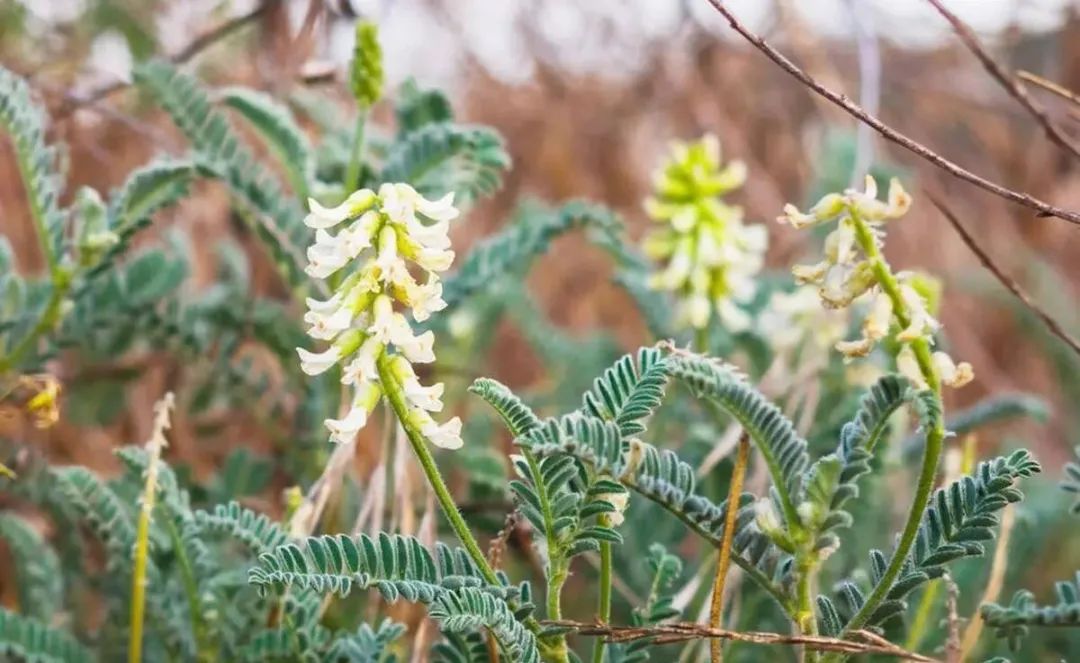
Astragalus is not like Chen Pi (Dried Tangerine Peel), Ban Xia (Pinellia), or Wu Zhu Yu (Evodia), which become more valuable with age; rather, the fresher it is, the better its efficacy. The common usage methods include “soaking a little in a cup of water,” “adding a bit to soup,” or “using a little for medicinal purposes.” However, some people find that after consuming Astragalus as a tonic for a period, two issues become apparent:
1. The more they consume, the worse their health becomes. Symptoms include a pale yellow complexion, a thick yellow tongue coating, puffiness around the eyes and lower limbs, foamy urine, increased nighttime urination, and a feeling of greater weakness, leading some to believe that “Astragalus drains the kidney essence.”
2. There is little to no effect. Initially, they feel energized, with stronger legs and improved spirits, but within a few days, they revert to their previous state, experiencing feelings of “emptiness” or “leakiness,” increased sweating, oral ulcers, and noticeable symptoms of damp-heat and excess fire.

Some attribute these issues to poor cultivation practices, pesticide residues, or improper processing methods. In reality, the ineffectiveness of Astragalus and the problems that arise from its use may be due to five key reasons:
1. Issues with the variety of Astragalus. This could involve purchasing fake Astragalus or the addition of illegal substances during processing to enhance flavor and color. More importantly, the four essential cultivation factors for Astragalus may not have been fully met.
The cultivation conditions for Astragalus are quite strict. The four factors are: an average temperature of 3 to 7 degrees Celsius, a cool climate; primarily weathered soil with good quality; high altitude with low rainfall; and cultivation areas that are free from pollution. Missing any of these factors can result in substandard or inferior products that cannot be compared to premium quality.
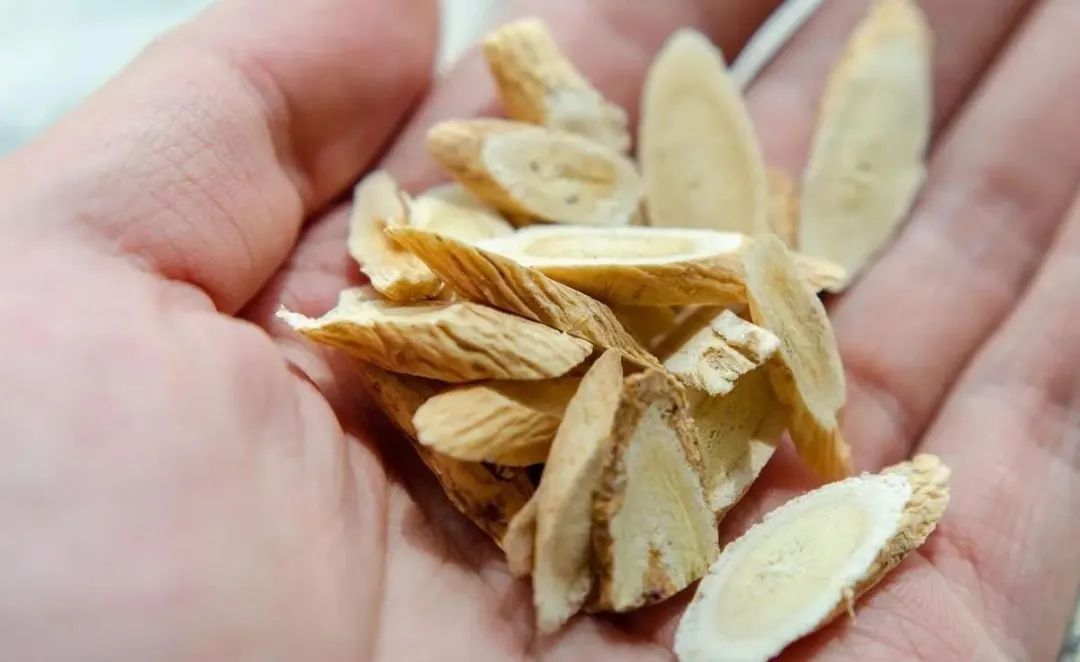
2. Consuming Astragalus at the wrong season. Many believe that using Astragalus in water or soups for health benefits can be done year-round. However, consuming Astragalus in spring is inappropriate, as spring is a time for upward growth, and Astragalus‘s stabilizing effect on the exterior is contrary to this.
Additionally, while Astragalus can be paired with many herbs, it may not be suitable to consume it after Xing Ren (Apricot Kernel) or Xuan Shen (Scrophularia), as this can lead to adverse effects.
3. Incorrect methods of using Astragalus for tonifying Qi, whether by soaking or cooking. The correct method is “three soaks and three boils”: first, soak in clean water for 30 minutes, then add an appropriate amount of water and simmer for 30 minutes, filtering the liquid; this is the first soak and boil. Next, add new clean water and simmer for 15 minutes, filtering the liquid; this is the second soak and boil. Repeat this process for the third soak and boil.
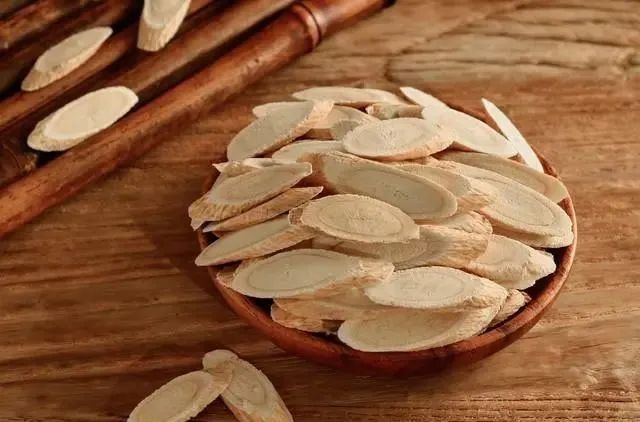
Mix the three boiled Astragalus soups together and add them to rice for porridge or stew meat, which makes the tonifying effect of Astragalus more balanced and less likely to cause excess heat. In contrast, simply soaking Astragalus in water may not fully utilize its benefits.
4. Incorrect identification of the conditions for using Astragalus for tonification. There are five indications for using Astragalus to tonify Qi:
First, a pale yellow complexion, dull and lifeless, not rosy, with facial puffiness and hollow eyes.
Second, soft muscles that lack firmness, excessive sweating, and susceptibility to allergies or colds in cold weather.
Third, being overweight with a pale complexion, often experiencing a feeling of stagnation or swelling in the lower limbs, numbness or cramping in the hands and feet, and a pale, swollen tongue, indicative of Qi deficiency and water retention.

Fourth, feeling weak and fatigued after meals, experiencing dizziness, sometimes accompanied by cold sweats and palpitations.
Fifth, being easily distracted and having difficulty healing wounds, with a tendency to be less talkative.
If these symptoms are not present, consuming Astragalus just because it is popular may actually deplete one’s vital energy, leading to abnormalities in the spleen, lungs, and kidneys, which is what is meant by “draining the kidney essence.”
5. Inappropriate use of Astragalus by those who should not consume it. This is a common issue; individuals with damp-heat, Yin deficiency, excessive heat toxins, a red tongue with little moisture, hypertension, a hot constitution, and pregnant women are among those who should avoid Astragalus. Otherwise, they may experience bloating, increased heat, irritability, and even unexpected complications.
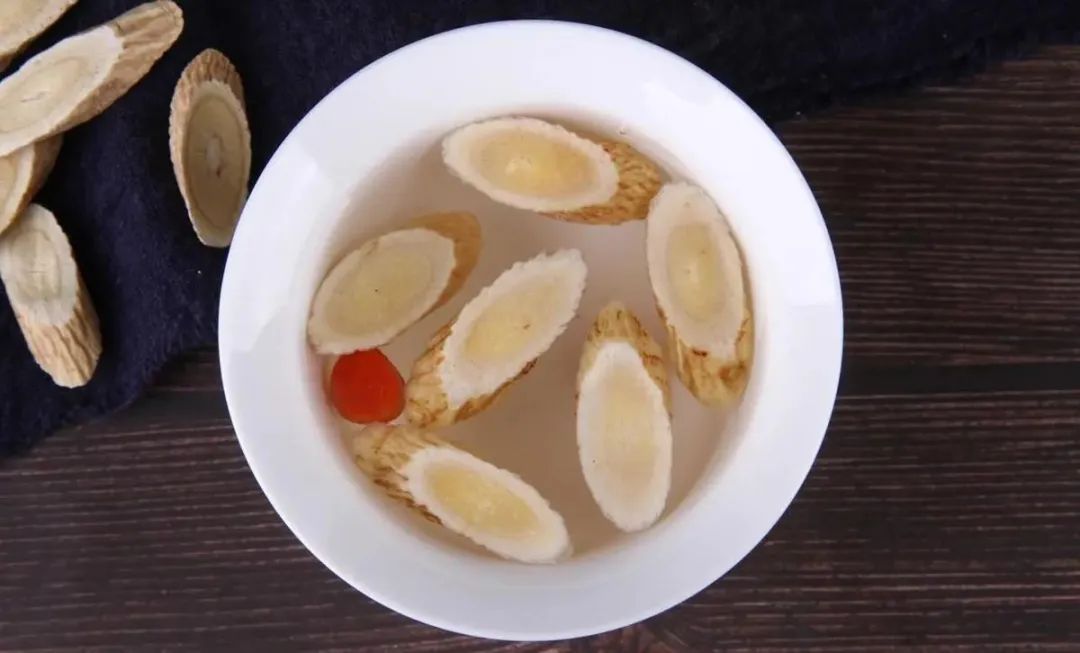
Moreover, even when using Astragalus for health benefits, the amount should not exceed 15 grams per dose, and it should be taken in two or three portions. Overconsumption can disrupt the flow of Qi.
This analysis focuses on the five common mistakes made when using Astragalus for daily tonification and health maintenance. When used for treatment, the dosage (large, medium, or small) will yield different effects and requires more caution. Therefore, it reminds us that even the most common medicinal herbs and tonics should not be taken lightly.

